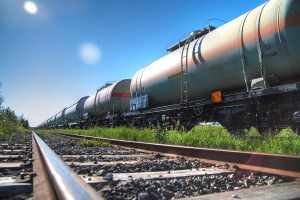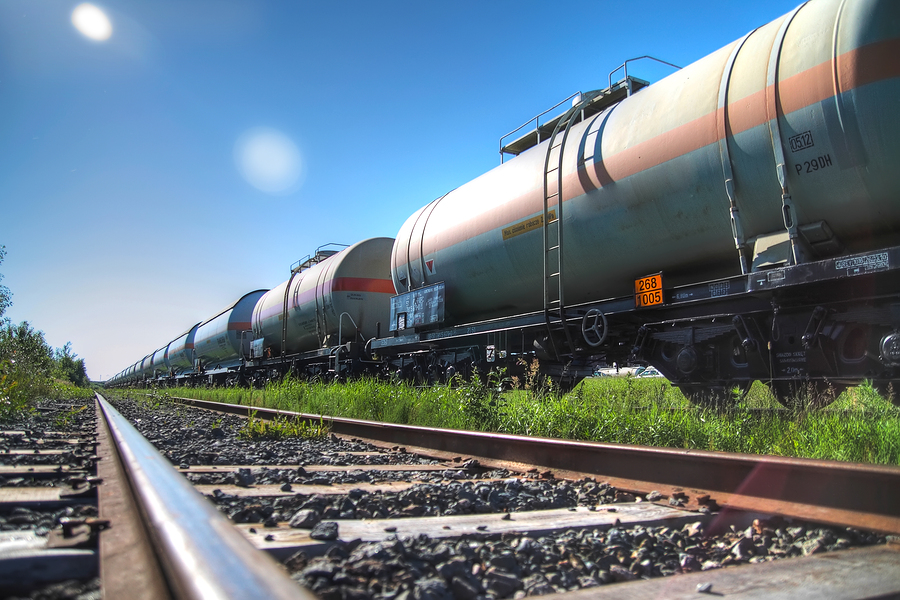The National Transportation Safety Board on Monday called for the faster replacement of rail cars that carry flammable liquids like crude oil or ethanol, one of four urgent recommendations stemming from an investigation of recent derailments.
The NTSB is seeking an “aggressive schedule” to replace or retrofit the current fleet of rail tank cars, which it says rupture too quickly when a train catches fire after derailing.
“We can’t wait a decade for safer rail cars,” said NTSB Chairman Christopher Hart. “Crude oil rail traffic is increasing exponentially. That is why this issue is on our Most Wanted List of Safety Improvements.”
Canadian and U.S. officials have wrestled with making oil train deliveries safer ever since the 2013 Lac Megantic disaster in Quebec in which 47 people were killed.
The Obama administration is finalizing a rule expected by May to demand that future oil train tankers are toughened with added steel and have advanced braking systems to prevent derailments from turning into similar disasters.
But the NTSB has concluded after reviewing four recent accidents that the industry’s enhanced rail car, the CPC-1232, is not satisfactory when exposed to a pool fire after derailing.
“The industry needs to make this issue a priority and expedite the safety enhancements, otherwise, we continue to put our communities at risk,” the NTSB said in its recommendations to Acting Administrator Timothy Butters of the Pipeline and Hazardous Materials Safety Administration.
The NTSB also called for all tank cars that carry crude oil and ethanol to be equipped with “appropriately sized pressure relief devices” that release pressure under fire conditions.
It also recommended setting intermediate deadlines and transparent reporting measures to ensure the tank car fleet is being upgraded as quickly as possible.
In a separate move to push the White House to boost oil train safety more quickly, Senate Democrats led by Senator Maria Cantwell introduced legislation that would force regulators to control oil train volatility on March 25.
The White House plan is expected to focus on replacing tank cars.
(Reporting By Valerie Volcovici; Editing by Alan Crosby)
Was this article valuable?
Here are more articles you may enjoy.


 Greenpeace to Pay $660 Million in Damages to Texas Oil Firm
Greenpeace to Pay $660 Million in Damages to Texas Oil Firm  Live Nation Loses Bid to Narrow DOJ Ticketmaster Case
Live Nation Loses Bid to Narrow DOJ Ticketmaster Case  Tesla a Step Closer to Ride-Hailing With California Permit
Tesla a Step Closer to Ride-Hailing With California Permit  Extreme Weather in 2024 Forced Most People to Flee in 16 Years
Extreme Weather in 2024 Forced Most People to Flee in 16 Years 